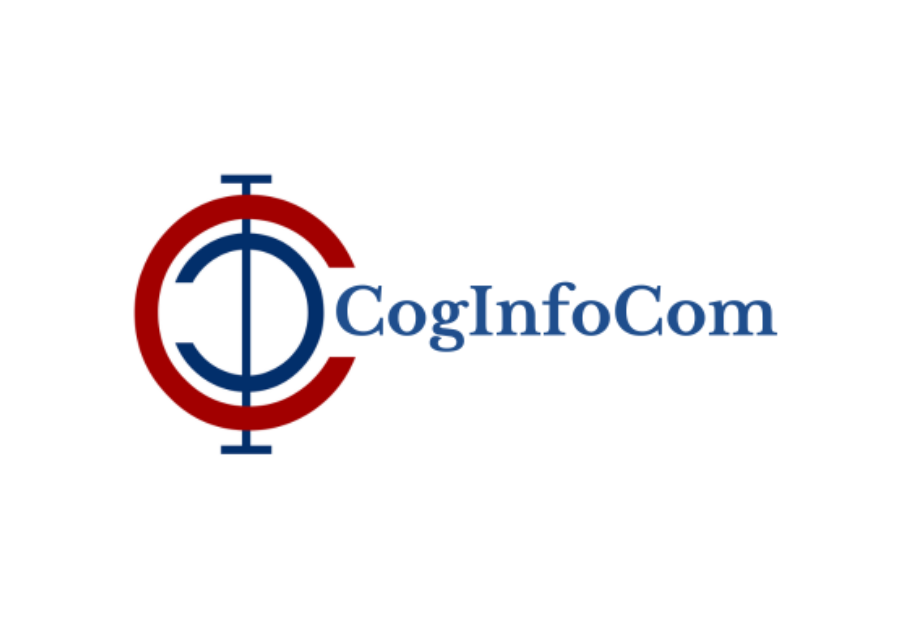What do we imagine the future of human–machine collaboration to be like?

The 16th IEEE International Conference on Cognitive Infocommunications organized by Corvinus University in close collaboration with Modul University Vienna, Chinese University of Hong Kong, University of Washington and Mathias Corvinus Collegium brought together the most timely problems and solutions for extending cognitive capabilities with the use of infocommunication devices.
The 10 parallel sessions and the numerous plenary lectures expanded upon topics like the future of the internet, human-computer and bio-interfaces, blockchain technology, smart cities and digital & cognitive corporate realities among others.
The Conference welcomed professors of Corvinus Institute of Advanced Studies as distinguished speakers of the plenary sessions.
Lectures included a philosophical keynote talk by Yurii Nesterov, depicting the technological reality in philosophical terms, arguing that for the first time in history, there is a need for computational mathematics. Péter Baranyi examined the fundamental question: Where is the intelligence in AI? Mehran Mesbahi’s keynote talk expanded the view of control theory by studying the core questions at the intersection of learning and control to understand the stability and performance of synthesized dynamic systems. Giovanni Schiuma reflected on how AI can go beyond logic to co-create emotionally meaningful and imaginative innovations with humans, while continuing the examination of the strategist mindset with reference to uncertainty, the keynote talk of Colin Eden looked at strategizing in terms of risk mitigation. His software supported approach helps strategists organize risks into a complex network and understand their mutual interrelations.
While the conference serves as the hub for knowledge sharing, discussions sparked by thought-provoking lectures and participant presentations will become the sprouts of innovation in human-machine synergy.